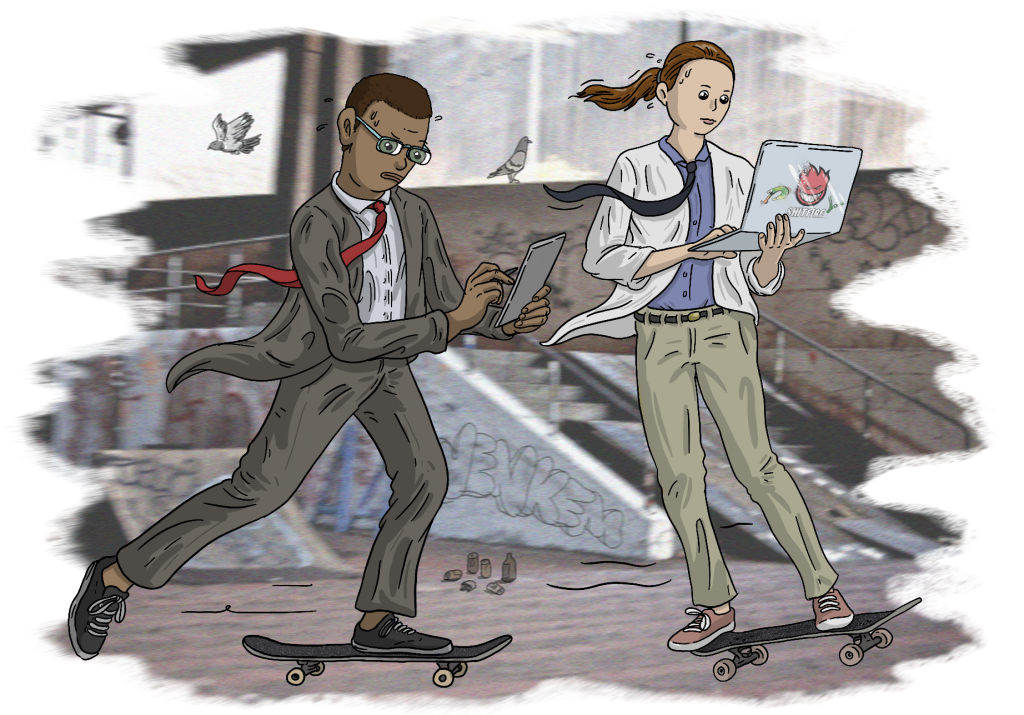
School sucks, doesn’t it? Well, it doesn’t have to. What if you could combine your scholastic studies with the bullshit you discuss with your skateboarding buddies? Turns out, you can!
We rounded up five peer-reviewed pieces of skate scholarship, broke them out of their ivory paywalls, and shared them in full here to get your mind juices flowing. We even wrote our own little takeaways for each to prove we did our homework.
If you want more, check out the first run of the Jenkem Akademik Journal we did back in 2016, where we just touched the tip of all the smart sentences undertaken in the pursuit of PhDs.
And if you’d rather just skate without thinking too much about it, you can stop reading now and go do that, dummy. No harm no foul.

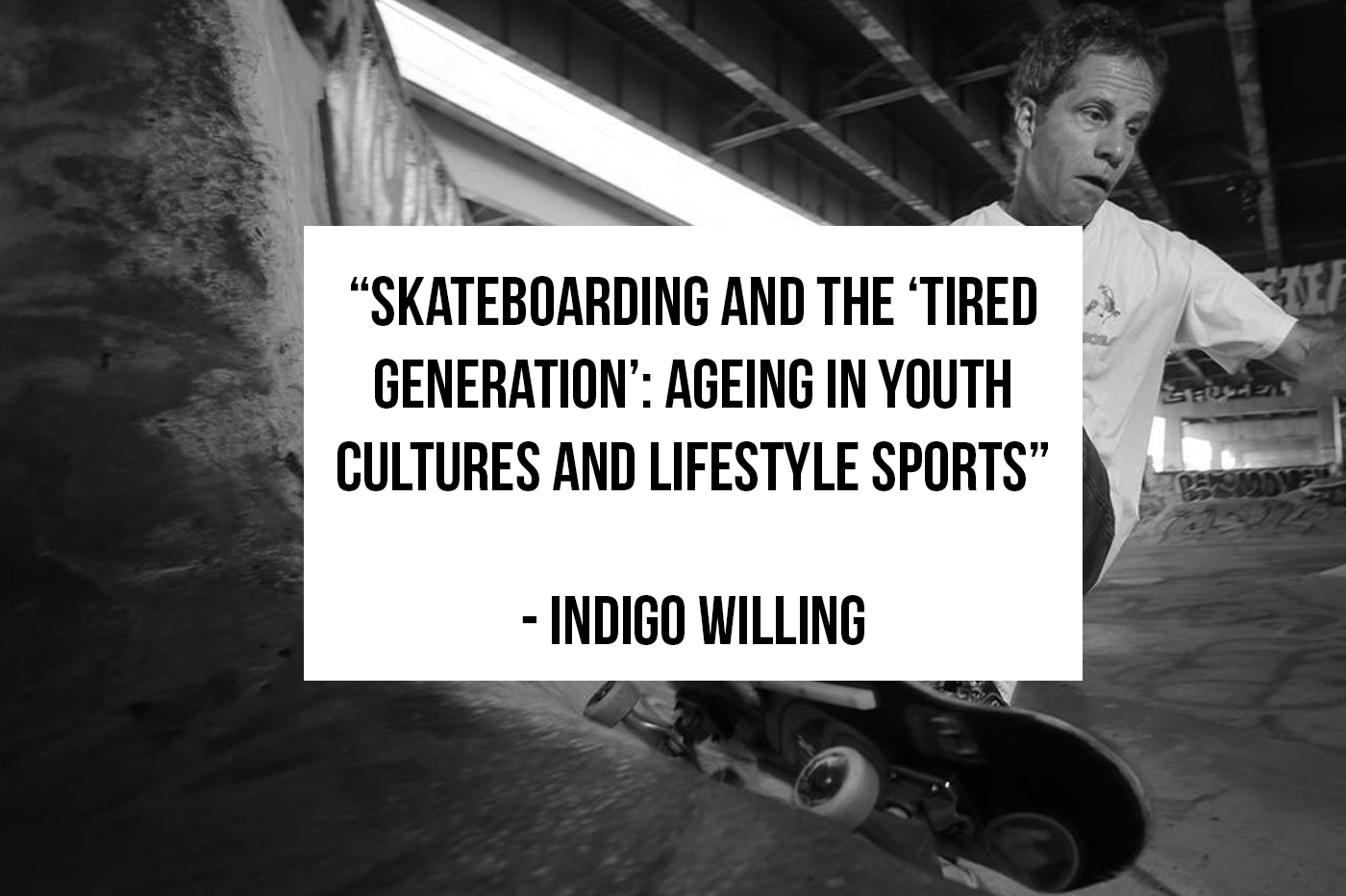
Skateboarding and the ‘Tired Generation’: Ageing in Youth Cultures and Lifestyle Sports
Indigo Willing
This article looks to answer questions surrounding the concept of aging across different youth subcultures. It’s not something I had really thought about before, but young skaters actually have a good track record of treating older skaters pretty well, at least when compared to other youth subcultures.
Younger punks often look sourly at aging punks in studded leather jackets and spiked hair when they pull up to gigs. Young hip-hop fans dub those over 30 to be “old heads” for pushing outdated tastes and opinions, and pretty much all hardcore kids agree that old hardcore guys are creeps. In these subcultures, elders are often pushed to the fringes — they literally stand in the back of the venue at shows – but in skating, we actively support and celebrate older participants.
The authors chose to focus on “the themes of modification, dedication, humor, and homage” in the first Tired video and examine how these themes help the older, washed-up skaters in the video continue to relate to skate culture at large.
These older skaters still “look like skaters” in their branded T-shirts and trucker hats, they are still documenting tricks, still hitting street spots (however big or small they may be), but they’re also being tongue-in-cheek and self-aware about what they’re doing. They film small curb tricks and hubba butt slides the same way our favorite filmers capture long ledge lines or multi-kink handrail enders.
The generally positive response to the first Tired video gave the researchers reason to believe that skating is an outlier among youth subcultures when it comes to how it regards older participants.
Most of us who have seen any of the Tired videos probably didn’t think this deeply about them, but as I was reading along I couldn’t help but make a dumb face and repeatedly say, “Yep, makes sense!”
Curb skating: not as braindead as it looks.
(by Alexis Castro)

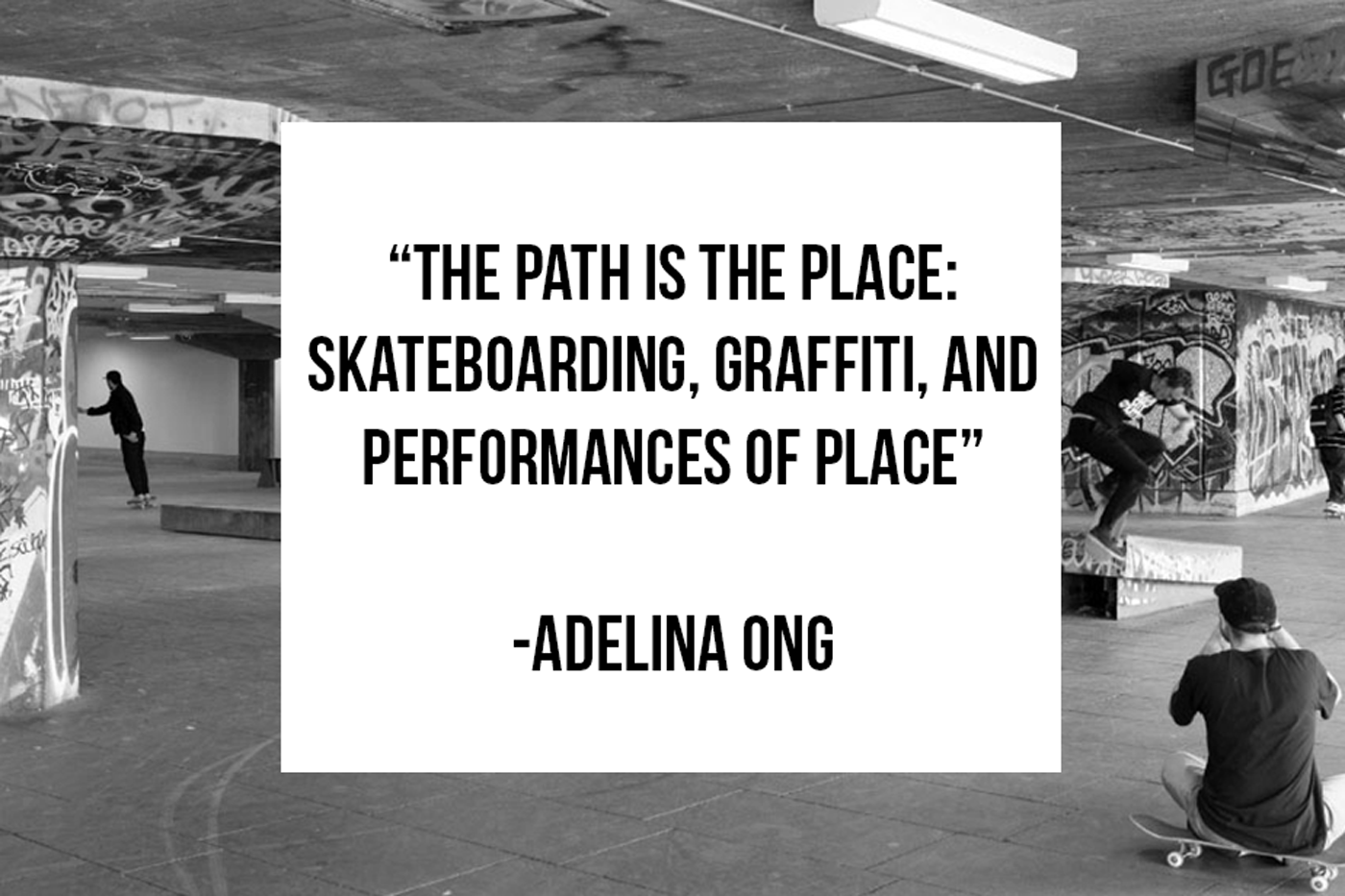
The Path is the Place: Skateboarding, Graffiti and Performances of Place
Adelina Ong
There’s greater overlap in the skateboarding and graffiti worlds than just cheesy DGK graphics and malignment by outsiders as rebellious subcultures. They both also reinterpret and redefine the context of a space in a way that fundamentally changes the way it’s seen and engaged with by the public. Or, at least, that’s what this short article leads me to recognize.
Adelina Ong, a skater and applied theatre practitioner, compares the quirky work and public reception of the Singaporean-graffiti artist SKL0 with the success of the skater-ran Long Live Southbank (LLSB) campaign that effectively resisted the relocation of London’s storied undercroft skate spot. Both case studies show that, through clever, historically-minded framing and public engagement, a city’s status quo can be challenged and changed.
This paper pivots on two existing ideas: ‘la perruque,’ and the ‘performance of place.’ La perruque refers to ways in which people use the constraints of something for some subversive purpose, and ‘performance of place’ is an act that transforms a geographic site into a locus of shared significance.
The paper then extends these two theories to show how SKL0’s art and LLSB’s campaign negotiate for a new understanding of a place within the staid limitations of its presupposed purpose.
SKL0 opened up space for Singaporeans to consider the difference between official graffiti, like traffic signs and prohibition circles, and SKL0’s stickers, which poke fun at the sanitized cityscape and led to the artist’s arrest for vandalism in 2012. While LLSB, which articulated the place’s social significance through online videos, skate sessions, and blogs, demonstrates how public support can be garnered and cartwheeled into political action.
The paper leads to some useful takeaways which you can apply to your own scene:
● What are ways in which you can translate and perform the meaning of your favorite curb to people outside or even at odds with your worldview?
● How do the actions of a site’s participants transform the location into a place of social value, especially when those actions go against conservative parameters?
● And, most simply, how can we redefine vandalism as civic engagement?
(by CK)

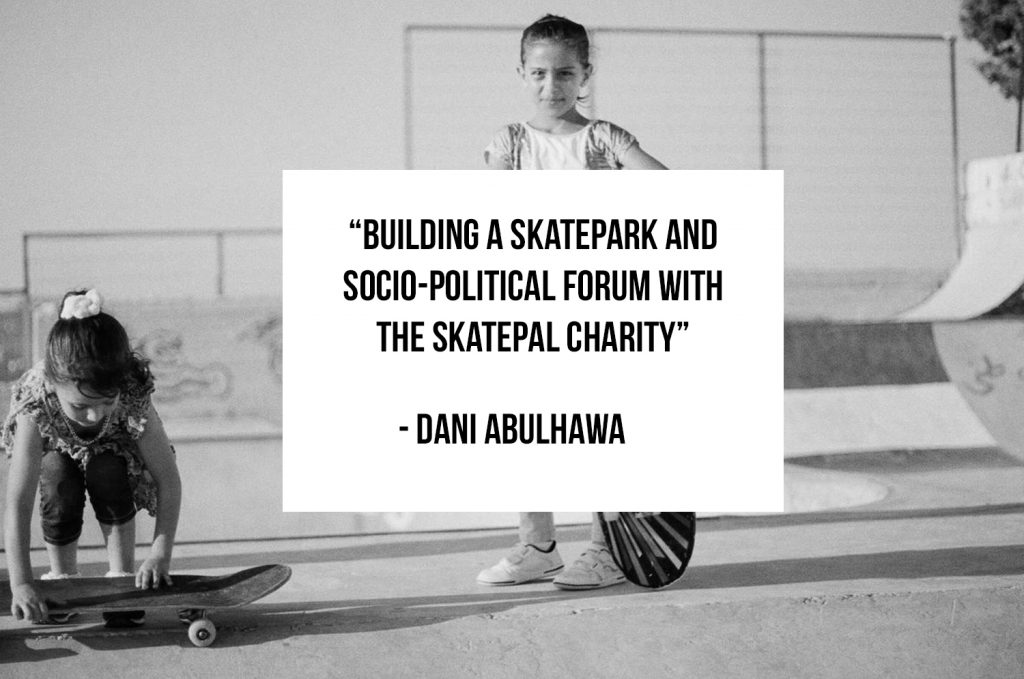
Smoothing Space in Palestine: Building a Skatepark and a Socio-Political Forum With the SkatePal Charity
Dani Abulhawa
Does skateboarding transform the very nature of a space? How do its characteristics influence the ideas of movement, place, and resistance? Can skateboarding and skateparks be effective tools for self-development, particularly amongst young people, in conflict zones or other contexts of socio-political disadvantage?
These are some of the questions Dani Abulhawa addresses in this 2017 article, which explores skateboarding’s ontology in light of her experiences building a skatepark with the SkatePal charity in Palestine. Drawing from French philosophers Deleuze and Guattari’s theory on smooth and striated space, she looks into the role of the skatepark as a space itself and the practice of skateboarding in relation to water, play, simulation, and socio-political resistance.
While Deleuze and Guattari consider the open sea as the ultimate smooth space and the city as the ultimate striated space, Abulhawa argues that a skatepark or urban environment is ‘smoothened’ when skated because skating blends the flow of water from its surfing origins with the use of a static, closed-off space. Abulhawa then suggests that this duality is precisely “where [skateboarding’s] potential as a ‘development’ practice lies.”
Through skateboarding’s interactive, supportive, and fraternizing force, the skatepark can become a place of cross-cultural and societal exchange, taking on a reinforced significance in a territory where movement is restrained or difficult, notably among young people.
The real effects of this newly-built skatepark and volunteer work on the local community remain to be discovered through longer-term research, which Abulhawa is carrying out by returning to the site every year.
What the article does conclude is that, from the physical flow brought on by wave-like structures and the transposition of other spaces through replicated spots in skateparks, to the collective play qualities of skating and its self-development/external reach duality, skating is helping ‘smooth’ space in places of socio-political disadvantage, such as Palestine’s West Bank.
(by Claire Alleaume))

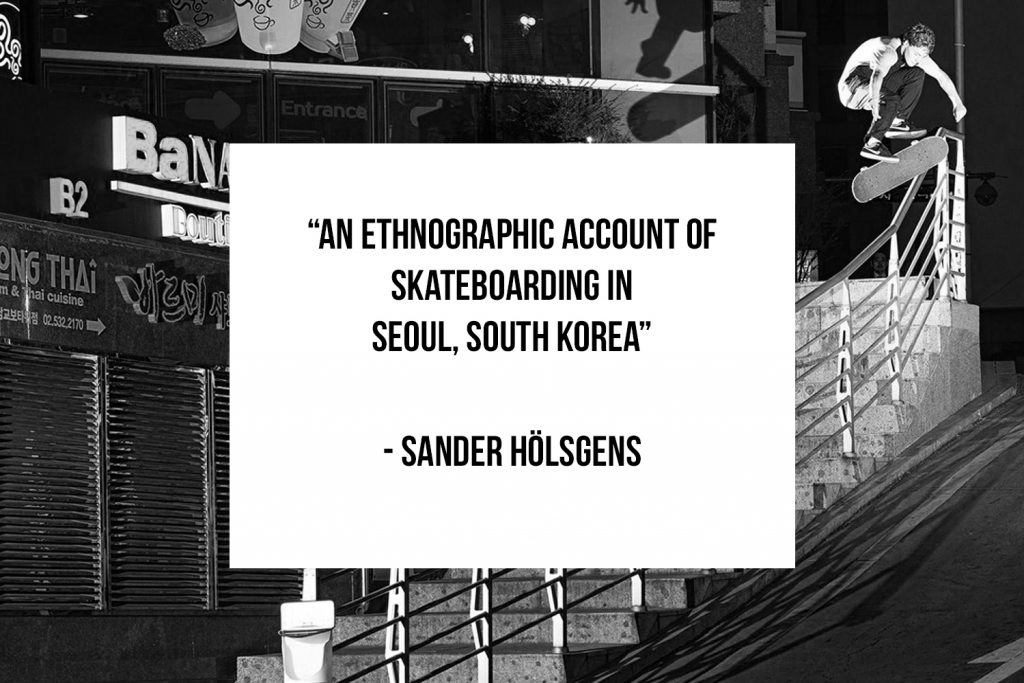
Skill Acquisition and Korean Landscape Architecture: An Ethnographic Account of Skateboarding in Seoul, South Korea
Sander Hölsgens
Put simply, Hölsgens goal was to examine how Korean skateboarders in South Korea’s capital city of Seoul interact with their skateparks, of which there are a good amount, and how those parks fit into the city’s landscape and Korean culture more broadly.
As Hölsgens observed over 20 months of interviews and observations, Korean skateboarders do almost all of their skateboarding inside skateparks, and as such, they don’t seem to develop a strong sense for finding or using street spots in the wild.
By not developing their “skater’s eye,” the Korean skateboarders in Hölsgens paper were both less inclined to go street skating — which some might argue is a defining characteristic of being a skateboarder — and more accepting of skateboarding as a sport, rather than a nonconformist lifestyle.
Hölsgens demonstrated this dichotomy through an interaction where a Japanese skateboarder tells a Korean skateboarder that he likes Mark Gonzales for his willingness to “make the city [his] own” and treat “urban space…like a playground,” then goes on to say that “the worst [skateboarders] are those who skate as though it is a sport and prefer new attire over the excitement and pleasure of exploring the world.”
Getting lost, scraped, and dirty in the streets may be common for many skateboarders, but in South Korea, where ample skateparks have been available as long as skateboarding has been active there (since the early ’90s), Koreans tend to treat skateboarding as more of a hobby to excel at than a lens through which to see the world.
Skateparks in Seoul are also mostly made of pre-fab obstacles, which steer skateboarders toward lower impact skating (no sketchy pool shredding or giant double sets), and suggests that skateboarding should only be done on a limited variety of prescriptive obstacles.
So while skateparks can be handy assets, this paper demonstrates how skateparks can also limit the way skateboarders understand themselves, their boards, and their environments. All park and no street makes Kim a dull boy?
(by Nic Dobija-Nootens)

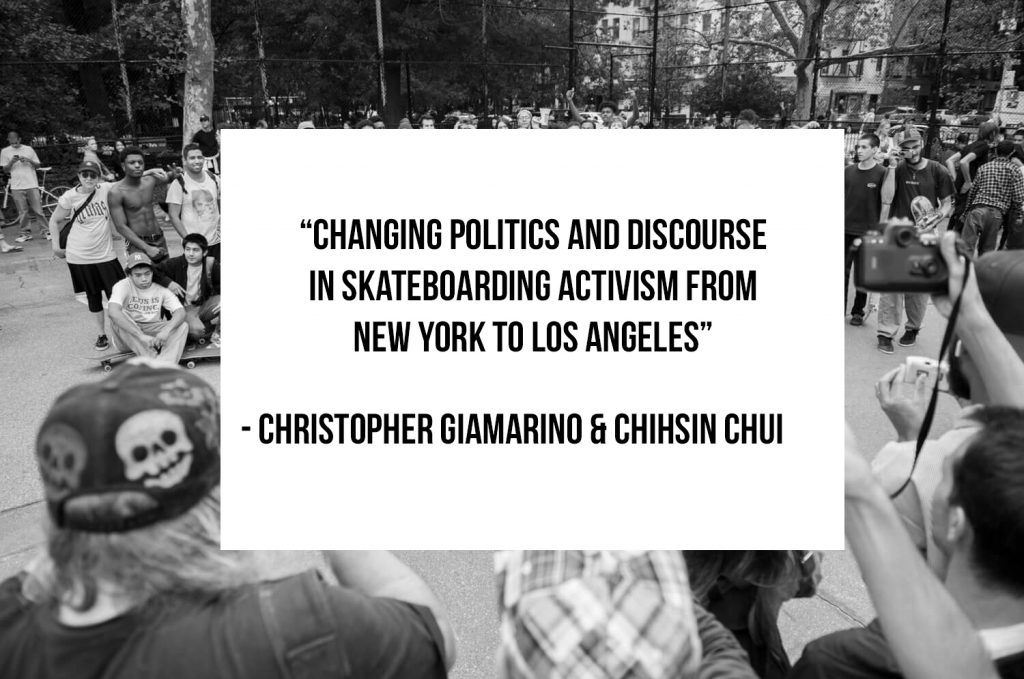
Creativity, Conviviality, and Civil Society in Neoliberalizing Public Space: Changing Politics and Discourse in Skateboarding Activism from New York to Los Angeles
Christopher Giamarino and Chihsin Chui
By studying how skateboarders negotiated with cities to allow them to skate contested public spaces – the Brooklyn Banks and the West LA Courthouse — this paper proposes that certain neoliberal practices were crucial to skateboarders’ successful petitioning.
Beginning in 1989, skateboarders were among the few people using the difficult to develop space under the Brooklyn Bridge. However, after 9/11, the Brooklyn Bridge was seen as a target for future terrorist attacks, and despite the fact that skaters were self-sufficient in policing the Banks, the spot was going to be demolished or remodeled to be more easily surveilled by police.
Around 2009-2010 the Banks were fenced off, and they remain closed today. This is where skaters used “spacial tactics,” as Chui and Giamarino say, to access the spot. Through the use of social media to inform skaters when city hall meetings were taking place, and online forums to share tips for dodging security and getting around fences, skateboarders were able to skate the Banks again.
At the West LA Courthouse, skateboarders used different tactics to achieve a similar goal of being able to access a public space without fear of punishment.
Skateboarders and activists teamed up with Nike to help replace the ledges, which they’d been charged with damaging, with angle iron. Having backing from a corporation like Nike lent legitimacy to skaters’ proposition, and that convinced the city of LA to let them more or less reclaim the area as a skate spot.
In the end, both groups used neoliberal tactics (spacial tactics, social media, outside funding) to secure public space for skateboarding. These tactics can be considered neoliberal in this context because they serve to benefit wider communities (skateboarders in need of usable public spaces) in the face of a free-market world (where governments and wealthy landowners have the power to restrict or rebuild spaces as they see fit).
The two outcomes were vastly different, since the Banks are still technically off limits, but the paper reminds us that when skateboarders have historic and cultural stake in a place (Southbank, Tompkins Park, Black Blocks, etc.) they can save those spaces by getting crafty and working together.
(by Larry Lanza)
Related Posts
Comments
Popular
-
 THE RISE AND FALL OF PRO MODEL SKATE SHOES
THE RISE AND FALL OF PRO MODEL SKATE SHOES
While there are still some exceptions, the signature shoe has largely evaporated from the skateboard industry. But, why?
-
 A CHAT WITH LUDVIG HAKANSSON, THE OLDEST SOUL IN SKATEBOARDING
A CHAT WITH LUDVIG HAKANSSON, THE OLDEST SOUL IN SKATEBOARDING
The man loves to read Nietzche, skates in some expensive vintage gear, and paints in his own neoclassical-meets-abstract-expressionist style.
-
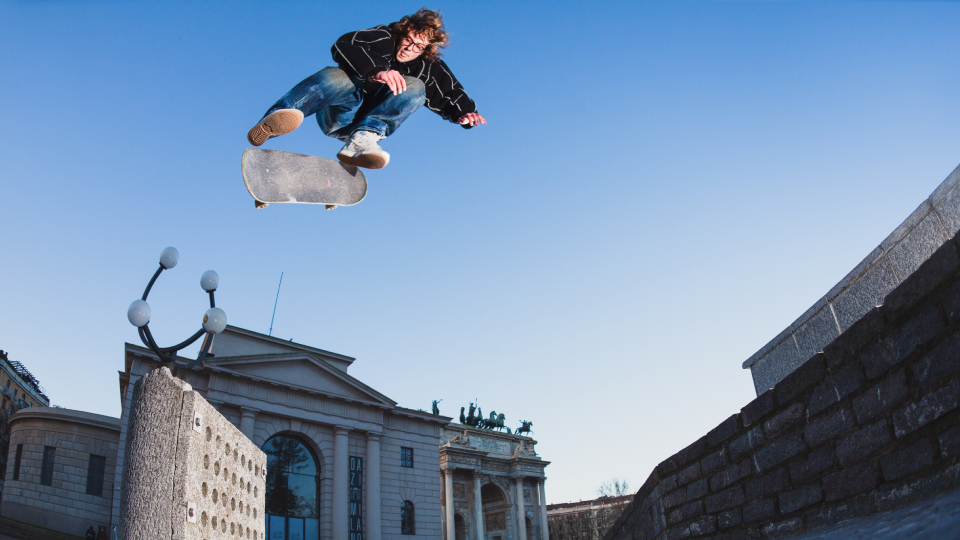 A LOOK THROUGH THE GLASSES OF VINCE PALMER, AKA CHICKEN LITTLE
A LOOK THROUGH THE GLASSES OF VINCE PALMER, AKA CHICKEN LITTLE
Get to know the 18-year-old German repping Baker and Supreme in Milan.
-
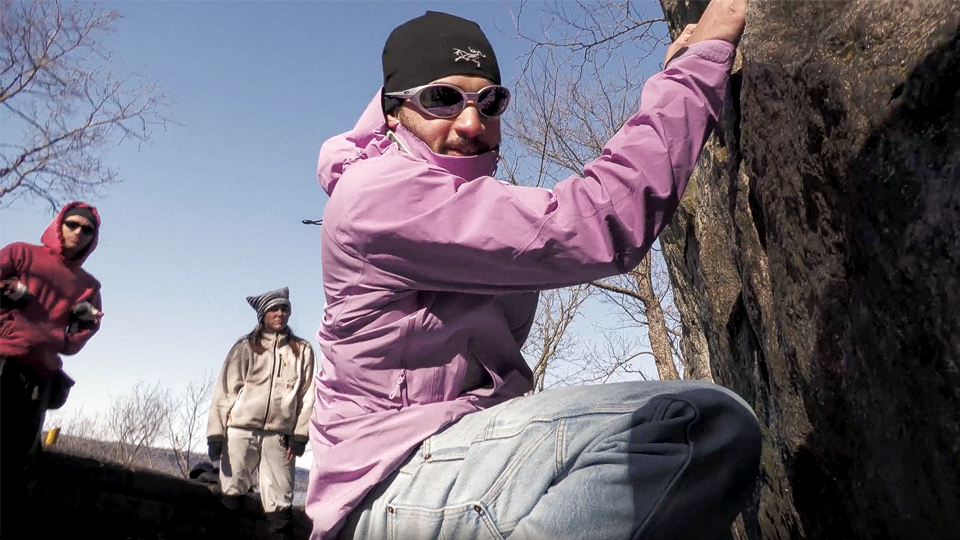 WHO ARE THE SKATERS RESURRECTING ROCK CLIMBING IN UPPER MANHATTAN?
WHO ARE THE SKATERS RESURRECTING ROCK CLIMBING IN UPPER MANHATTAN?
We met up with Joel Popoteur, an employee at Supreme and long-time skater to learn about his outdoor movement.
-
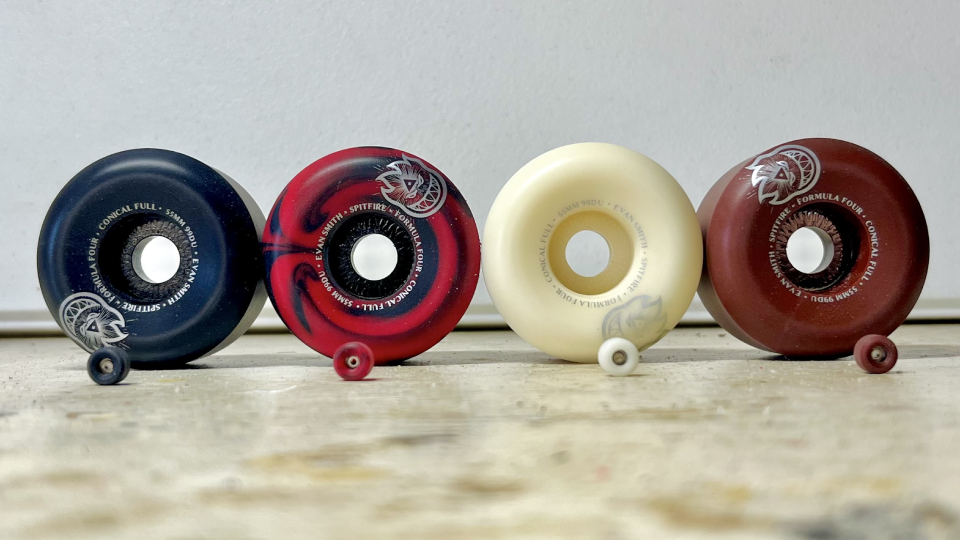 GOT OLD WHEELS? THIS GUY IS MAKING MINI FINGERBOARD REPLICAS WITH THEM
GOT OLD WHEELS? THIS GUY IS MAKING MINI FINGERBOARD REPLICAS WITH THEM
Honey, I Shrunk The Spitfires.

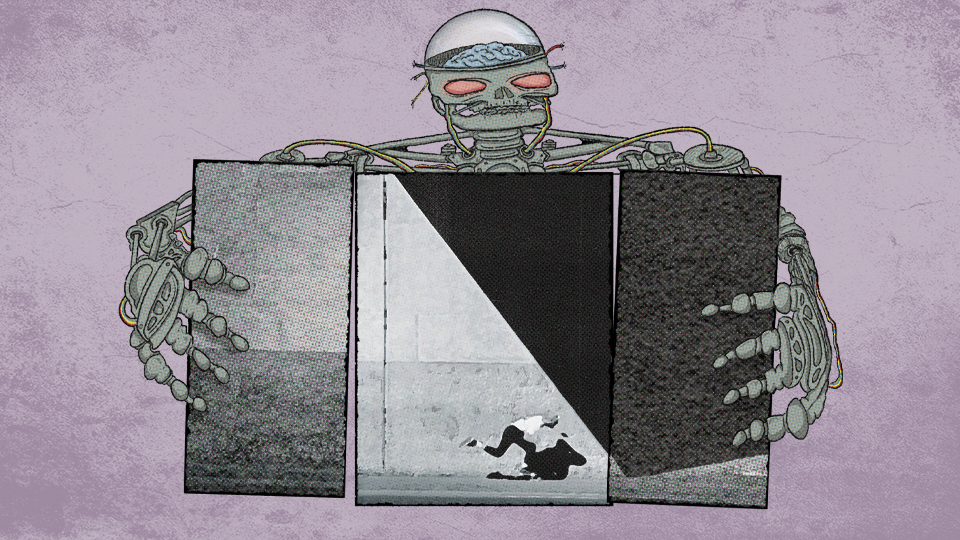
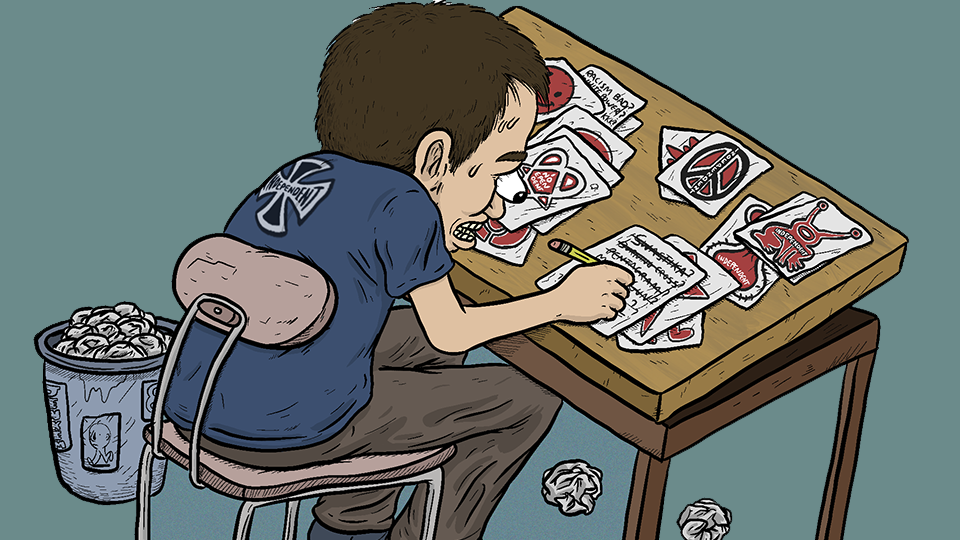
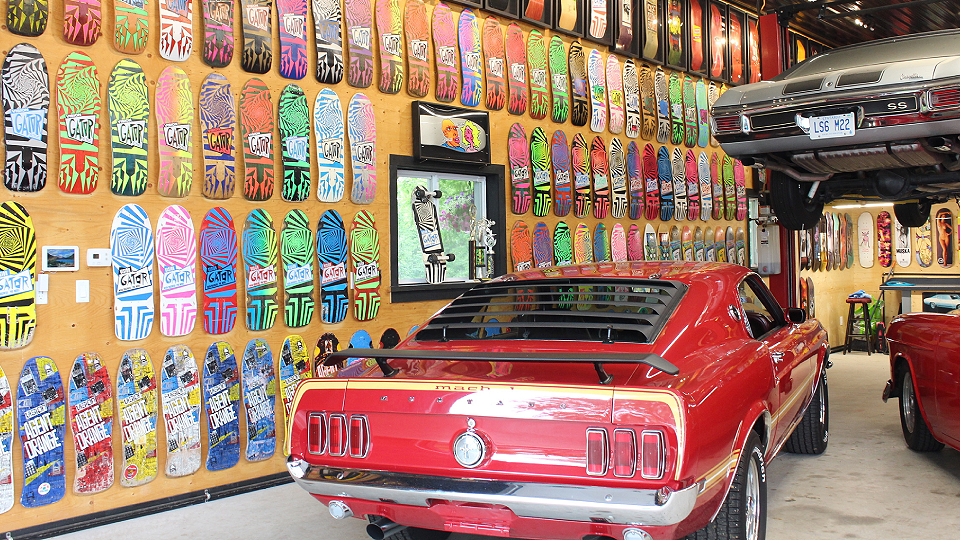

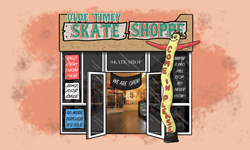

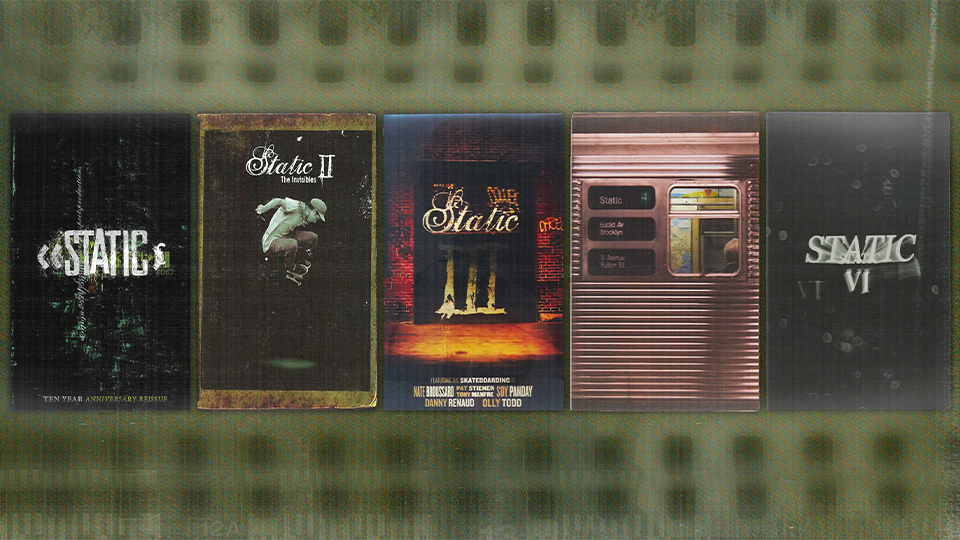
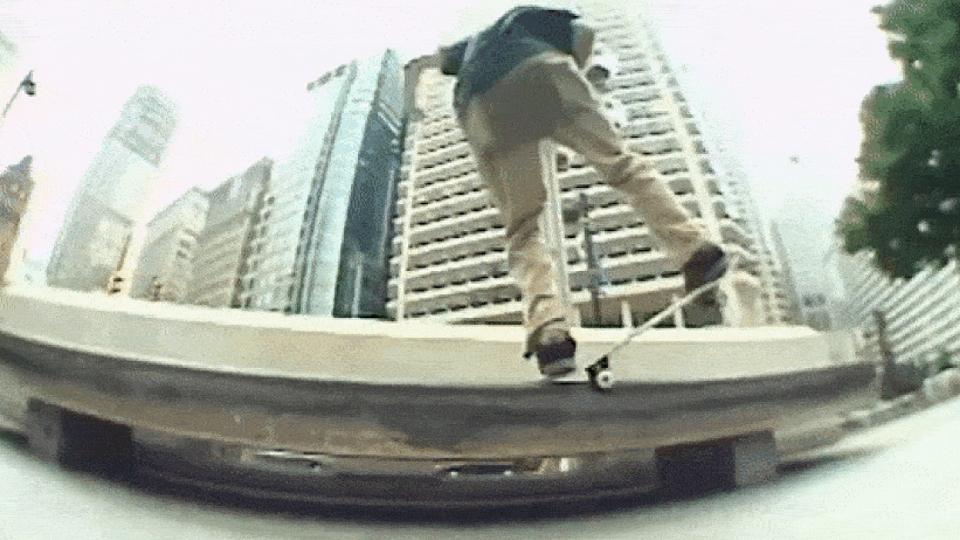
October 14, 2019 4:54 pm
This is the stuff I come here for. Now I know I’m part of the “Tired Generation”.
October 14, 2019 11:57 pm
thanks for featuring my article!
October 15, 2019 11:12 am
academia is just so, academic.
academic: 2- not related to a real situation. – oxford
October 15, 2019 12:16 pm
this is the kind of stuff mark suicu reads isn’t it?